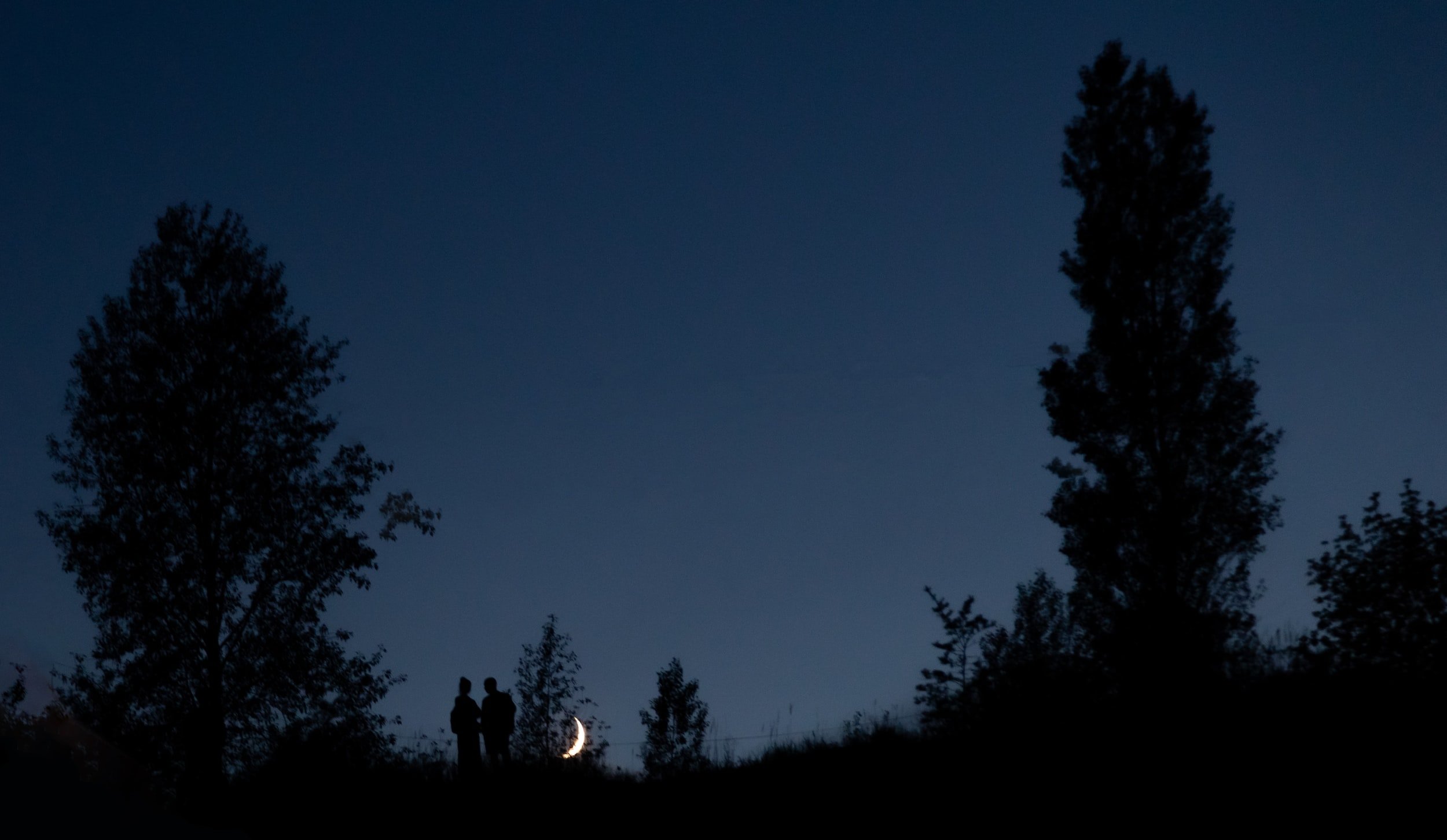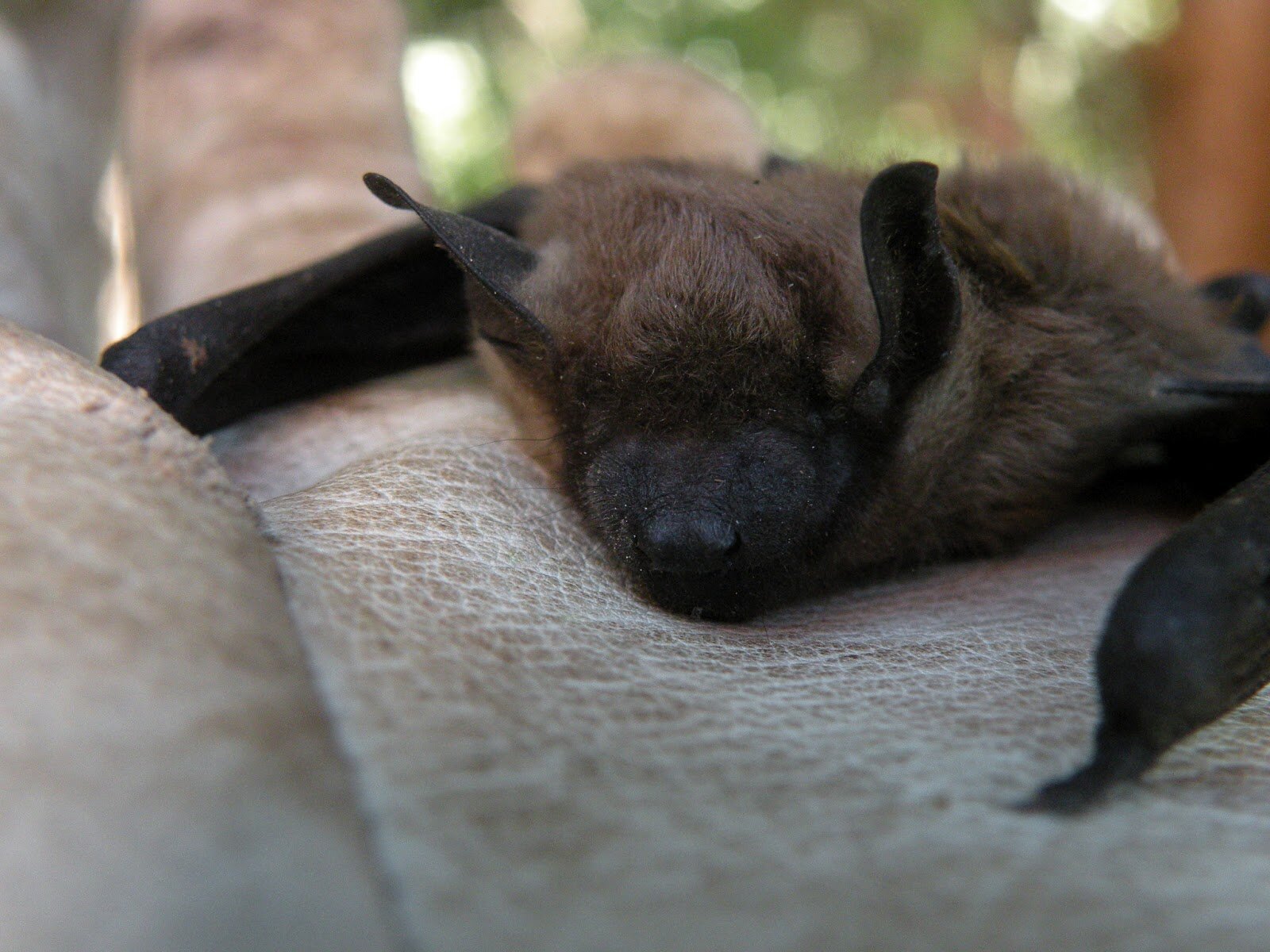
Attracting Bats to Your Property
Why Bother?
Bats make great backyard neighbors! The bats that we have in BC compose their diet of arthropods (insects and arachnids). A single lactating female can eat up to 3500 insects in one night. That is more than their body weight in pests!
Small bats dine on smaller insects, like mosquitoes, lacewings, small moths, midges, caddisflies, and other small night fliers. Large bats eat larger insects like large moths and large hard-bodied beetles. These include June bugs, cucumber beetles, and leafhoppers.
Lots of these insects, especially beetles and moths are major pests many, from the household gardener to larger industries like forestry and agriculture. They defoliate trees, kill crops and spread diseases.
How?
Enhancing bat habitat is a great way to try and get bats to pick your home. Bats need 3 things: Food, clean water, and safe roosting spots.
By encouraging diversity on our properties we promote the abundance of insects for them to eat. Not all bugs that bats eat are pests. Learn more about them below. Deciduous trees (such as birch, alder or maple) are important to bats not only as potential roost habitat, but also because of their role in production of invertebrate prey for bats. A wide range of insects use deciduous trees including butterflies, moths, and beetle defoliators. For example, over 300 species of insects live in aspen stands, including moths and beetles, which represent an important part of the diet of a number of our bat species. Wildflowers as well provide food and habitat for many insects, and allow for btas to eat a few as well.

Insect Attracting Plants
| Plant |
|---|
| Skunk Cabbage |
| Twinflower |
| Field Chickweed |
| Goldenrod |
| Common Camas |
| Cow Parsnip |
| Farewell to Spring |
| Spring Gold |
| Wooly Sunflower |
| Pearly Everlasting |
| Yarrow |
| Gumweed |
| Nodding Onion |
| Mock Orange |
| Red-ossier Dogwood |
| Choke Cherry |
| Birch |
| Alder |
| Maple |
| Willow |
-

Promoting Natural Roosting Habitat
Some bats roost in dead trees and snags, known as wildlife trees. The cracks, peeling bark, and crevices allow opportunities to find good temperature regulation throughout the summer. Leaving dead trees on your property can really enhance the quality of the habitat around your home. Similarly, planting deciduous and coniferous trees can provide tree roosting bats, like the Hoary Bat, space to roost!
Bats like to have open space to glean their food and get into flight. Meadows and connected green spaces can help bats achieve this.
-

Providing Clean Water
Bats use wetlands, ponds, rivers, creeks, lakes and larger water bodies to forage and drink. Clean drinking water is essential for more than just bats but the insects that they eat as well.
Having access points to water sources is important for the bats use. Ramps going into smaller water sources like water troughs and rain barrels, ensures that the bats can enter and exit safely.
Leaving gaps in vegetation around creeks, rivers, ponds and lakes allows bats to enter and exit freely. It will make these water sources more appealing to them.
-
Build a Bat Box
Sometimes, there isn’t enough natural roosting habitat around. Or, natural roosting habitat has been developed. Either way, artificial roosting habitats can be put in place to enhance the roosting space available.
Bat Boxes are relatively simple to construct and install, and can provide excellent space for some species of bats to roost.

-
Enhance or Install a Wildlife Pond
Installing a wildlife pond can do wonders for your property. Ponds can provide plenty of habitat for bats, amphibians, reptiles, fish, birds, and arthropods!
Learn how to install a wildlife pond, or how to take your existing pond to the next level.

Learn More with Our Stewardship Guides
-

Bats
-

Wetlands
-

Native Plants


